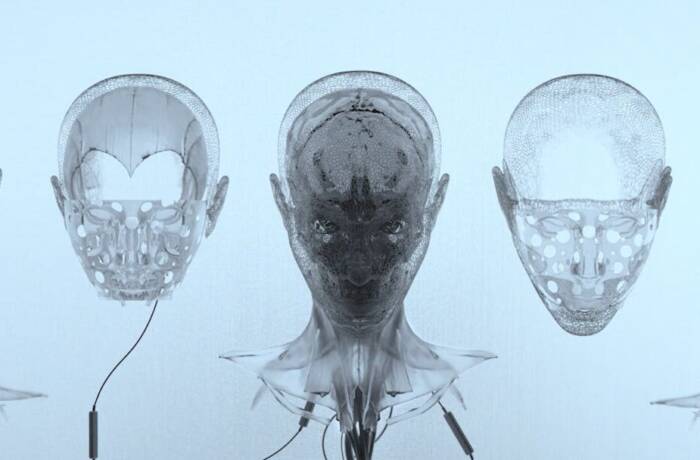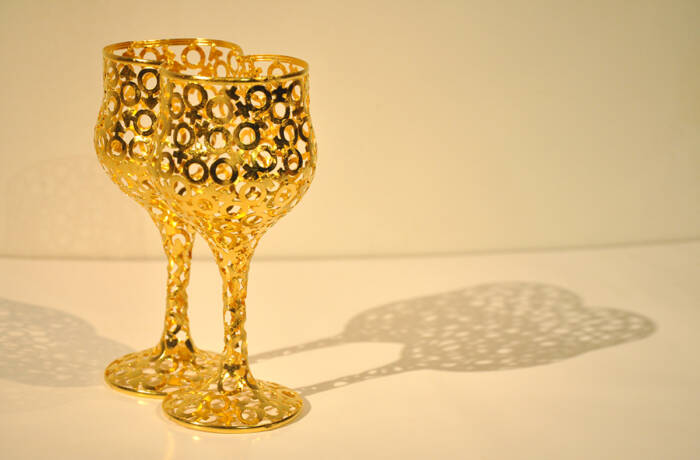Launching our new online series, LUX medical columnist Dr Leyla Sanai discusses two medical books revealing why patients should be aware of the risks and benefits of treatments, and why sugar is our real enemy
Most people believe that there is little uncertainty in medicine. Evidence-based trials show doctors what works, and from there it’s a simple matter of either recommending X or not – where X could be a screening test on a healthy patient, a test on an ill patient, or a treatment. But it isn’t as simple as that, as Steven Hatch’s new book Snowstorm in a Blizzard (Atlantic Books, £14.99) shows.
In this lucidly written account, Dr Hatch, Assistant Professor of Medicine at the University of Massachusetts Medical School, reveals to the reader how to liaise with your doctors to ascertain if the benefit of the proposed procedure or treatment is worth the risk. Of course, the benefits and risks vary from individual to individual based on a whole host of factors such as age, gender, smoking history, family history, and many other variables.
One of the elegant examples Hatch talks us through is the value of routine screening for prostatic specific antigen (PSA), a blood test carried out to detect the presence of prostate cancer. In the years following the popularisation of this test in the early 1990s, the number of cases of men diagnosed with prostate cancer doubled compared with the incidence 15 years earlier. Yet the death rates remained almost the same.
This is because many men have prostate cancer that is never diagnosed and never causes them any harm. In one study, 40% of men who died had evidence of prostate cancer that had not been diagnosed and that had not contributed to their death. In the oldest age group, the incident was around 80%.
In fact, out of every 1000 men over fifty years old screened for PSA, only one life will be saved because of the diagnosis and treatment of prostate cancer as compared to 1000 men over 50 who are not screened. And yet, of 1000 men screened, more than 200 will be found to have an increased level of PSA. These men will all be referred for biopsy. Of the men biopsied, 90 will be diagnosed with prostate cancer. In comparison, in an unscreened group of 1000 men over fifty years old, 70 men will be diagnosed with prostate cancer, either because they present with symptoms or because of a chance finding of a hard prostate on rectal examination for some other reason.
Follow LUX on Instagram: the.official.lux.magazine
All of those diagnosed will be given the option of treatment for prostate cancer, which comprises one or more from the list of surgery, radiotherapy, and hormone therapy. But note that 20 more men have been diagnosed with prostate cancer in the PSA screened group then in the unscreened group. Which means that 20 more men in the screened group than the unscreened group will receive treatment for prostate cancer – a cancer that might never have come to light if they had not been screened, and might never have caused them any harm. So twenty men out of the 1000 screened will be put through all the risks of treatment of prostate cancer – a treatment that carries risks such as surgical blood loss, or the small risk of incontinence or impotence – and yet only one of them will have their life saved as a result of the screening picking up a cancer.
And yet – although the doctor in me recognises the distress, effort, side effects, and expense that 1000 patients have to be put through in order to save one extra life from prostatic cancer, the patient, or patient’s relative, in me, screams ‘go for it!’ to my husband and my brother. Because the truth is that although the abstract concept of 1000 patients having to be screened in order to save one extra life might seem excessive to the doctor, to that one patient, that screening test has been – well, life-saving. And this is why the vast majority of patients will choose screening for themselves and their loved ones even if the chance of personal gain is very small. Because what’s a bit of discomfort or even a serious side effect like anaemia or infection compared to the difference between life and death for yourself or someone you love? Only when the risks of screening become so serious as to potentially cause life threatening disease themselves do most patients baulk.
The answer to uncertainty in medicine is education, education, education. If the patient reads up about the risks and benefits of procedures, they can have discussions with their specialists. And of course, much depends on individual preference. One individual may be adamant that they want their PSA checked, even though screening only saves one life in a thousand compared to a nonscreened group. Another may prefer not to undergo the psychological distress of a test and discomfort/risks of a biopsy that, even if positive, may simply be diagnosing a cancer that would never have caused their death anyway. This excellent book does not try to dictate answers – it merely seeks to raise awareness that even with all the technological and pharmacological advances in medicine, the correct answer is not always black or white, but various shades of grey.
* * * * * *

The general public has long been chastised to lower their salt (sodium chloride) intake. Some of us forgo a sprinkle of it on food, and, as a result, eat bland and unseasoned meals. In The Salt Fix (Piaktus, £13.99), Dr James DiNicolantonio, a cardiovascular research scientist and doctor of pharmacy in Kansas City, Missouri, tells us that we have been demonising the wrong white crystal. Sugar is far worse for our health than salt. In fact, he explains to us that low salt diets actually cause all sorts of harmful physiological effects. They increase the heart rate, which puts more strain on the heart. They increase triglycerides, and increase insulin secretion, since insulin helps the kidneys to retain sodium. Insulin stimulates the laying down of fat, and it lowers blood sugar, leading to sugar cravings. In addition, when the body over-secretes insulin, cells can develop resistance to the effects of the hormone, paving the way for the development of type 2 diabetes mellitus, with its attendant risks of heart attack, stroke, and poor leg circulation, and problems in kidneys, eyes and nerves.
We are constantly told that salt raises blood pressure, but approximately 80% of people with a normal blood pressure are not sensitive to the blood pressure-raising effects of salt at all. Of those with borderline raised blood pressure, still 75% will not increase their blood pressure if they ingest salt. And even of those with full hypertension, 55% of them are totally immune to salt’s effect on the blood pressure. The author’s message is that in most people, eating normal levels of sodium is not harmful. In fact, studies suggest that eating between 3 and 4 g of sodium a day does not cause a problem in individuals whose kidneys are working properly, since any excess is excreted, and the high levels protect against the aforementioned risks of low salt diets.
Read next: A slower pace of life in the Nepalese Himalayas
But national guidelines are slow to follow research. In fact, nutritional guidelines have consistently lagged so far behind research over the past few decades that sugar has had a free pass, despite the many trials showing its deleterious health effects. Risibly, as recent as 2000, US guidelines assured the public that sugar did not predispose to type 2 diabetes. And in the UK, it wasn’t until July 2015 until the government reduced the maximum percentage of daily calories that it recommended could be taken in by free sugars from 10% of total calories to 5%, following consultation with the Scientific Advisory Committee on Nutrition. In fact, the best percentage of free sugars to ingest if you have a sedentary lifestyle is 0%.
Why has it taken so long for public guidelines to match what research has shown for decades? Perhaps it’s because the sugar industry sponsors a lot of research. In 2013, a systematic review of studies published in PLOS Medicine showed that in those studies which were partially or wholly funded by the food industry, or had other similar conflicts of interest with it, 83.3% found no link between sugary drinks and obesity. By contrast, in those studies which have no conflict of interest with the food industry, 83.3% of them showed a definite connection between sugary drinks and obesity. It seems remarkable that even in the 21st-century, research can become befuddled by the influence of industry and politics.
While I would be more circumspect about recommending a dietary intake of salt as high as that which the author recommends, it certainly seems as if very low salt diets do more harm than good. And it is clear to see that it was sugar, not salt, that was the bogeyman at the banquet all along.
Dr Leyla Sanai MBChB MRCP(UK) FRCA(Lond)
Retired consultant anaesthetist









